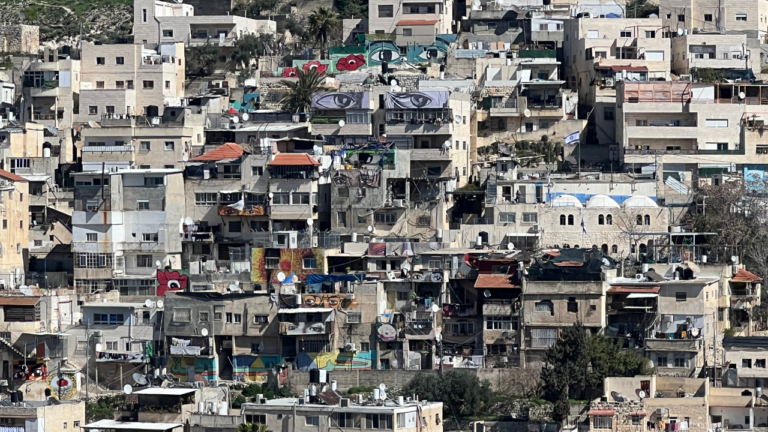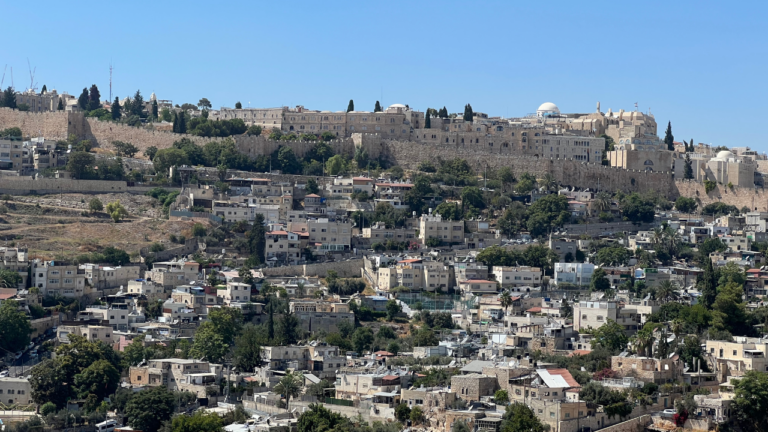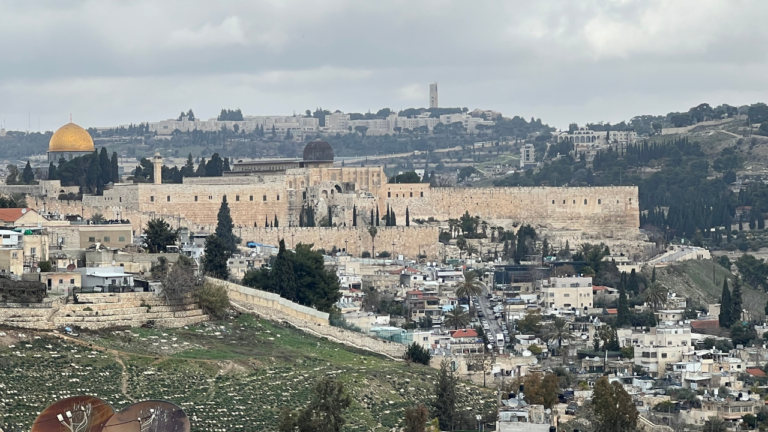The Eternal Hope Of Jerusalem
The Parah Adumah is the classic “chok” or mitzvah that is not comprehendible to even the wisest humans. It is a rule-breaking ritual that contains internal contradictions. Yet, despite our inability to fully grasp the mechanism of the ritual, we are still enjoined to study the details of Parah Adumah and uncover relevant life lessons and messages.
In this vein, Rav Re’em HaCohen of Yeshivat Otniel, suggested that one message of the Parah Adumah is to never give up hope. The person who needs the ashes of the Parah Adumah is one who was in close contact with death and was presumably scarred from the experience. As is normal of a person who is mourning a relative or had an encounter with a corpse, the person might be questioning the value of his life, perhaps nothing really has meaning death is the unavoidable conclusion of everyone’s story. Correspondingly, the person contracts the ritual impurity of death.
The Parah Adumah is an antidote to this attitude. The kohen takes a negative entity – the cow which reminds us of the sin of the golden calf – and burns it to useless ash. This is done outside of the Beit HaMikdash and Yerushalayim on ground that is not sanctified. A person would think that this is a meaningless act, and the ashes are worthless. Yet, it is specifically these ashes – the lowest of the low – that can give the person new hope and purify him from his impurity. It is just when one thinks that all hope is lost that God sends the means for a new dawn – even sometimes through strange means and messengers. Even when one falls to impurity and is entirely “burnt” to ash, there is always a way up and out.
This phoenix-like quality is true about the story of Jewish history as a whole, but perhaps most prominently about the city of Yerushalayim. Yerushalayim was razed and burnt to ash.
Yerushalayim was plowed into a field. Yerushalayim was destroyed and rebuilt as a Roman city. Temples of other Gods and religions have been built on the site of God’s home on earth. Throughout its troubled history, Yerushalayim has hit rock bottom – the lowest of the low.
And yet, our liturgy emphasizes, just as God destroyed the city in flames, he will rebuild it anew from the ashes with a majestic fire. The same forces of destruction and negativity will be used to create the most utopian city on earth.
When we are about to give up hope, Yerushalalyim reminds us that no matter how impure we are or how far desperate our situation, we can never give up hope. Let us take this lesson to heart, especially now in our troubled times when many of us are barred from physically entering the city. No matter how distant we feel, the city represents eternal hope, return and renewal.



